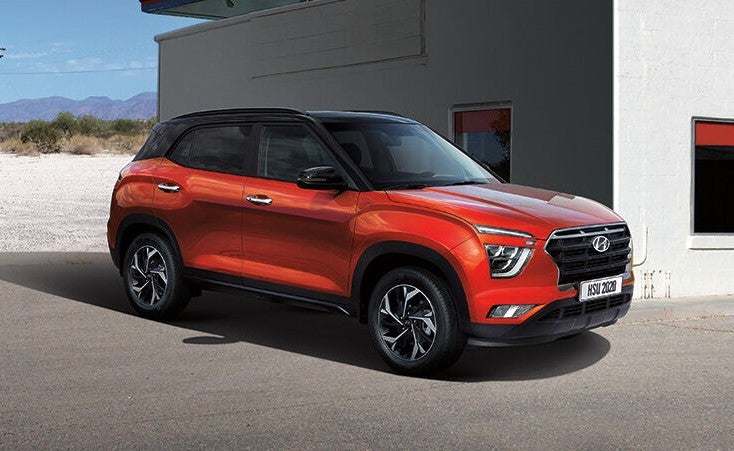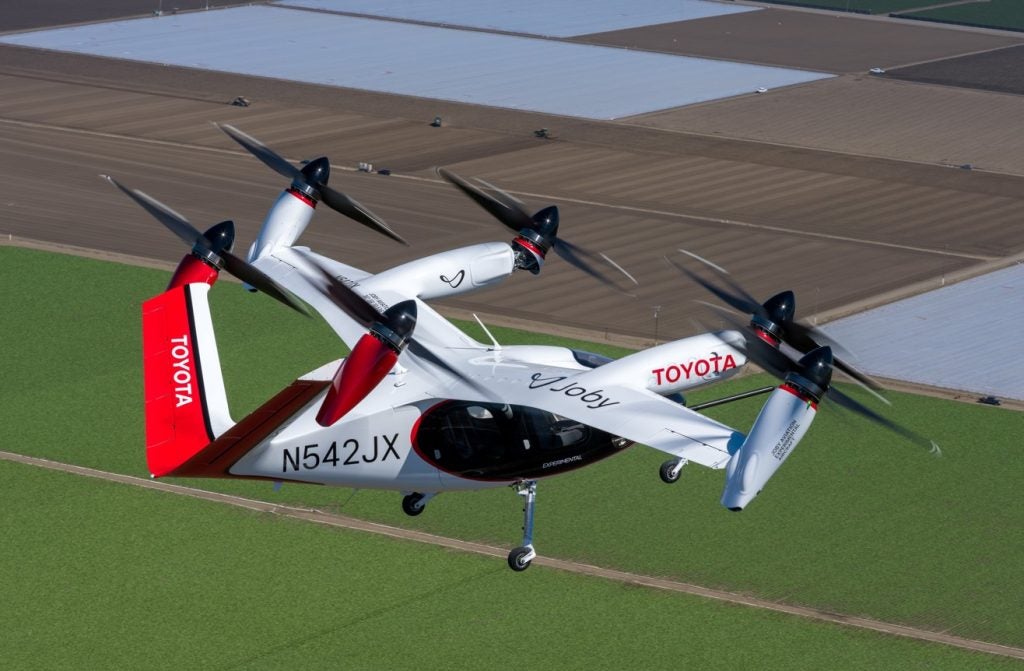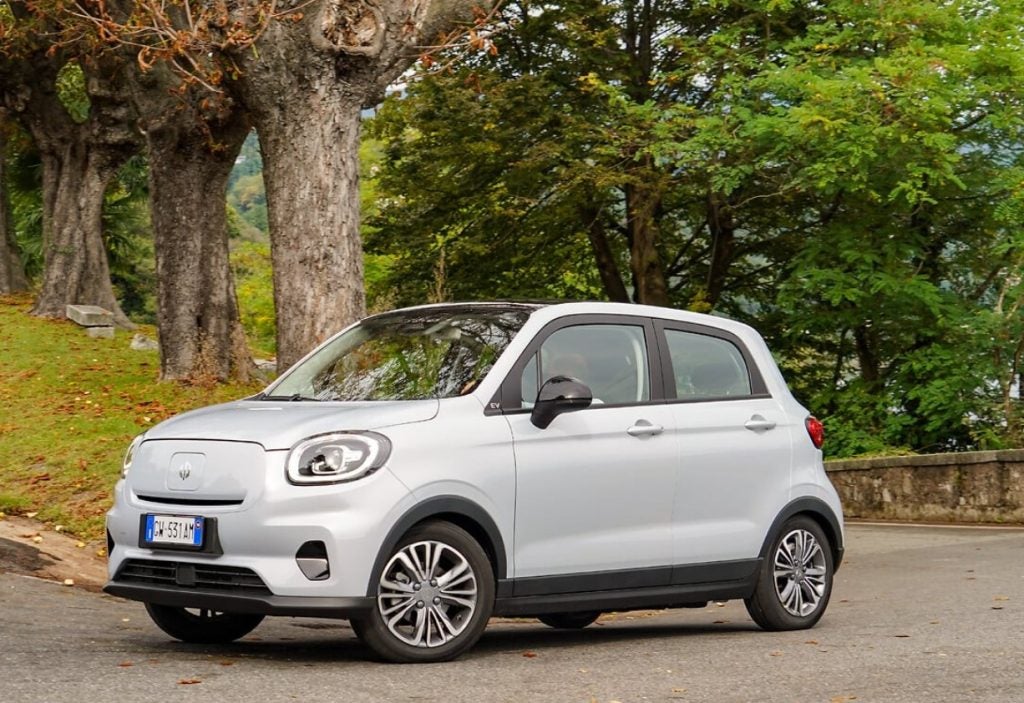One of Japan’s worst performers
 In the last fiscal year, ending in March 2002, the company managed only to limit its negative performance – with net losses coming in at Y43bn versus Y67bn in the previous year. Bearing in mind the strong earnings performances reported by most other Japanese automakers, Isuzu’s results can only be seen as disappointing. By contrast, the Japanese automotive industry as a whole enjoyed its best year ever for earnings, thanks to the weak yen and extensive cost cutting.
In the last fiscal year, ending in March 2002, the company managed only to limit its negative performance – with net losses coming in at Y43bn versus Y67bn in the previous year. Bearing in mind the strong earnings performances reported by most other Japanese automakers, Isuzu’s results can only be seen as disappointing. By contrast, the Japanese automotive industry as a whole enjoyed its best year ever for earnings, thanks to the weak yen and extensive cost cutting.
The second year of Isuzu’s restructuring programme is also likely to end (in March 2003) without any significant improvement in bottom-line performance. The company is forecasting global output to drop by 11% in the 2002 calendar year to 404,000 units, from 456,000 units in 2001. With demand expected to fall in key markets around the world, pricing pressure can only increase and margins are likely to be squeezed further – despite some progress in reducing its cost-base. A cyclical recovery in the global medium and heavy truck market is not expected to get underway until mid-2003 at the earliest.
While the V-Plan, scheduled to be completed by March 2004, is likely to be Isuzu’s last chance to prove to its shareholders that it can become a viable concern, recent rumours of a possible break-up of the company appear unjustified at this stage. Any signs of lack of progress over the next two years could trigger more radical action by its shareholders, however. For the time being, General Motors, Isuzu’s largest shareholder, has agreed to help prop up certain operations with favourable commercial contracts – though it has fallen short of agreeing to provide further capital.

The financial target for the 2004 fiscal year is for turnover to be more or less at current levels, of Y1.5trn, to be achieved from a significantly lower cost-base however. A net profit of Y30bn is the minimum target set for this year, and profitability is expected to rise further once the restructuring programme is in place and demand picks up. For the current fiscal year, Isuzu will do well to break even, giving the harsh demand environment globally.
How well do you really know your competitors?
Access the most comprehensive Company Profiles on the market, powered by GlobalData. Save hours of research. Gain competitive edge.

Thank you!
Your download email will arrive shortly
Not ready to buy yet? Download a free sample
We are confident about the unique quality of our Company Profiles. However, we want you to make the most beneficial decision for your business, so we offer a free sample that you can download by submitting the below form
By GlobalDataAnother Japanese automotive turnaround story?
But a year or two from now, Isuzu may well have become the latest corporate turnaround in Japan’s automotive history, provided the current restructuring plan is carried out effectively and its completion coincides with a marked improvement in the global truck sector. Drastic restructuring measures currently underway are designed to lift its industrial operating performance from 50% (capacity utilisation) to 90%. This will be achieved through plant closures in Japan, disposals and spin-offs, and a redefinition of its core business. Key to Isuzu’s recovery is further integration with General Motors, which increased its equity holdings in the company to 48.5% in 1999. But alliances are also being forged with other Japanese automakers in areas in which Isuzu lacks adequate economies of scale.
Since the launch of the V-Plan, Isuzu Motors has managed to reduce debt by Y70bn – leaving it nevertheless with a hefty debt balance of Y680bn (as of March 2002). Its target is to reduce this balance to Y510bn over the next two years. During this period, capital investments will be made in key operations that will its earnings recovery. Overall, however, it expects the value of it assets to be reduced to Y1,110bn by 2004, from Y1,460bn in 2001. By the end of the restructuring programme, Isuzu also expects to employ 35% fewer people than 37,700 it had on its books in March 2001. Most of the cuts, through voluntary schemes and recruitment freezes, will take place in Japan, though efficiency drives are being carried out globally.
In Japan, Isuzu has agreed to spin off its loss-making bus division into a new joint venture company with Hino Motors. The new company is expected to be operational by March 2004, to the relief of both partners’ balance sheets, and will go some way in addressing the overcapacity problem in Japan’s bus industry. The exact nature of the partnership is yet to come to light, but it is likely to involve the pooling of R&D and production resources, while engines and transmission systems are likely to be provided by the two shareholders under OEM agreements.
Isuzu’s Japanese industrial operations will be concentrated in three plants by 2004, rather than the current four. The Kawasaki plant will be closed down altogether and heavy truck production will be gradually transferred to its Fujisawa plant. Engine production will be concentrated in the Tochigi facility, while the Hokkaido plant will make engine parts. Production of light vehicles will be transferred overseas, with pick-up truck operations being consolidated in Thailand and SUV production in the USA. Isuzu’s growing presence in China will increasingly help keep the cost-base of its Japanese operations in check, mainly through lower-cost parts sourcing.
Last month Isuzu announced that it is linking up with General Motors, Fuji Heavy Industries and Suzuki Motor in the purchasing of raw materials and generic parts worth an initial $1.4bn a year. Combined purchasing will affect its Japanese and some Asia-Pacific operations, and potentially cater for a combined 2m vehicles. The commodities targeted include automotive glass, generators, starter motors, steel, precious metals, audio and other electrical equipment, hose and wheels.
Thai becomes global source for pick-up trucks
Isuzu’s decision to shift pick-up truck production from Japan to Thailand is nothing new, but it is nevertheless an effective way to consolidate part of its industrial base and to lower its global cost-base. Other Japanese automakers, such as Mitsubishi, Ford-Mazda and more recently Toyota, have already done so. But Isuzu’s plan perhaps goes a bit further, by agreeing to allow GM to become an integral partner in these operations. GM itself is struggling to define its own identity in south-east Asia, and needs low-cost products for its expanding dealer network in the region.
In May, Isuzu released the new D-Max pick-up truck in Thailand which it developed with input from GM. Strong initial demand for the model is expected to continue, and will further consolidate its leadership of this segment in Thailand – which is the largest one-ton pick-up market in the world. A second shift has been added to Isuzu’s Samut Prakan plant, giving it an annual capacity of 120,000 units. Since the model was introduced, Isuzu had been struggling to meet domestic pickup truck demand on a single shift, so the early implementation of a second shift is likely to accelerate the transfer of production over from Japan.
From later this year, or early next year at the latest, the Samut Prakan plant will begin to replace Japan as the source of pick-up trucks for Australia and New Zealand, providing better scope to use up the plant’s second-shift capacity. In 2003, GM’s new Rayong plant will also begin assembling the pick-up truck model for sale under both the Isuzu and Chevrolet badges. Production of GM’s Zafira model will eventually be phased out, and both plants will become focused on pick-up truck production with a combined production target of 240,000 units per year by 2005-06.
The pick-up truck platform is also expected to form the basis of the next generation Isuzu Panther, which is made in Indonesia, and possibly for GM’s the next generation Vauxhall/Opel Frontera in Europe. In south-east Asia alone, which currently accounts for around 20-25% of Isuzu’s global sales, the company’s economies of scale and competitive position are likely to be significantly enhanced.
US becomes global source for SUVs
|
In North America, Isuzu’s presence is mainly in the USA, where sales amount to roughly 100,000 units a year. It has a joint venture plant with Subaru, called Subaru-Isuzu America (SIA), which produces around 100,000 SUVs per year. Some of these are sold to Honda on an OEM basis, and badged Passport, though this relationship could be coming to an end. In the last financial year, it reduced its US workforce from over 2,500 to 1,920 employees.
As part of Isuzu’s recovery plan, Isuzu’s US operations are to become increasingly integrated with those of GM. The US will become Isuzu’s main global production location for SUVs, once production is transferred from Japan, and is likely to involve making greater use of GM’s under-utilised North American capacity. Isuzu and GM already have developed significant synergies in the US, more so than in any other region. Both companies collaborate in the production of medium-sized trucks and full-sized pick-up trucks.
In 2000, a new engine joint venture plant between Isuzu and General Motors became operational, which will supply both companies with a new family of premium V8 diesel engines. The plant’s capacity in the initial phase has a capacity to produce 100,000 engines per year by employing 400 people, but an additional shift of 300 people would double this capacity.
Further restructuring of its US operations was announced in April this year, involving the merger of American Isuzu Motors, the distributor of SUVs and diesel engines, with parent company Isuzu Motors America. The enlarged company is now called Isuzu Motors America and has responsibility for distribution and marketing of Isuzu’s light vehicle range in the country. Its medium and heavy truck distribution operations will continue to operate under the General Motors Isuzu Commercial Truck joint venture, which itself was established in 2000 to distribute Isuzu, GMC and Chevrolet vehicles and provide aftersales service.
In Europe, Isuzu has a small direct presence involving mainly limited pick-up truck and Trooper SUV sales volumes. This plant also assembles Frontera SUV kits for sale under the GM Opel, Holden and Vauxhall badges. Other than strengthening its sales operations, which have seen volumes drop dramatically recently, Europe’s role in Isuzu vehicle production will remain limited. Assembly may eventually be discontinued, with vehicles supplied in CBU form from the USA.
Isuzu has a major diesel engine plant in Poland, with a capacity to produce 300,000 units a year which it mostly supplies to GM for the Opel/Vauxhall car range. This is where GM is said to be supporting Isuzu financial rehabilitation, through the purchase of diesel units understood to be 5% higher than market price. The plant also has a supply Honda with 1.7L diesel engines for its European Civic model.
Strength in diesel power
Isuzu Motors’ role as a supplier of diesel engines is likely to be increased. It is one of the technological leaders in this field and economies of scale are being increased through outsourcing contracts with GM, and to a lesser degree with other manufacturers such as Honda. In fact, GM is coming to rely entirely on Isuzu for its diesel engine technology development, thus removing this duplication. Diesel technology is now seen as a core area of competence for Isuzu, and economies of scale are improving.
It currently has the capacity to make 1.4m small, medium and large diesel engines per year. Its restructuring plan envisages an output capacity of 1.8m units by 2005, mainly to supply the rising demand for small diesel engines in Europe. But strangely, with output at around 800,000 units per year at present, it appears to have ample capacity already.
Overall, Isuzu Motors’ restructuring programme has been long in coming. But some of the benefits of its recent cost-cutting programme should soon begin to shine through and barring any major deterioration in demand, it should be in a position to operate profitably from 2003-04. Once the current restructuring programme is complete, the company should be in a position to benefit significantly from any recovery in demand – particularly with regard to medium and heavy trucks which have been a drain on its resources.
While Isuzu does have core strengths, as a company it is now irreversibly dependent on General Motors. It should also be in a position to benefit further from the broad distribution reach of its largest shareholder, as well as reducing its own costs through the creation on better economies of scale through joint vehicle programmes and through the supply of engines. Other synergies are also likely to be forthcoming with other Japanese automakers partnered with GM, such as Fuji, Suzuki and now also from Daewoo Motor.
The company’s exposure to the cyclical truck sector can be seen as a weakness, though it looks improbable that this unit will be spun off anytime soon. Its weak distribution reach outside Asia and North America also needs to be addressed, as does its lack of product breadth in segments such as compact SUVs and MPVs.






